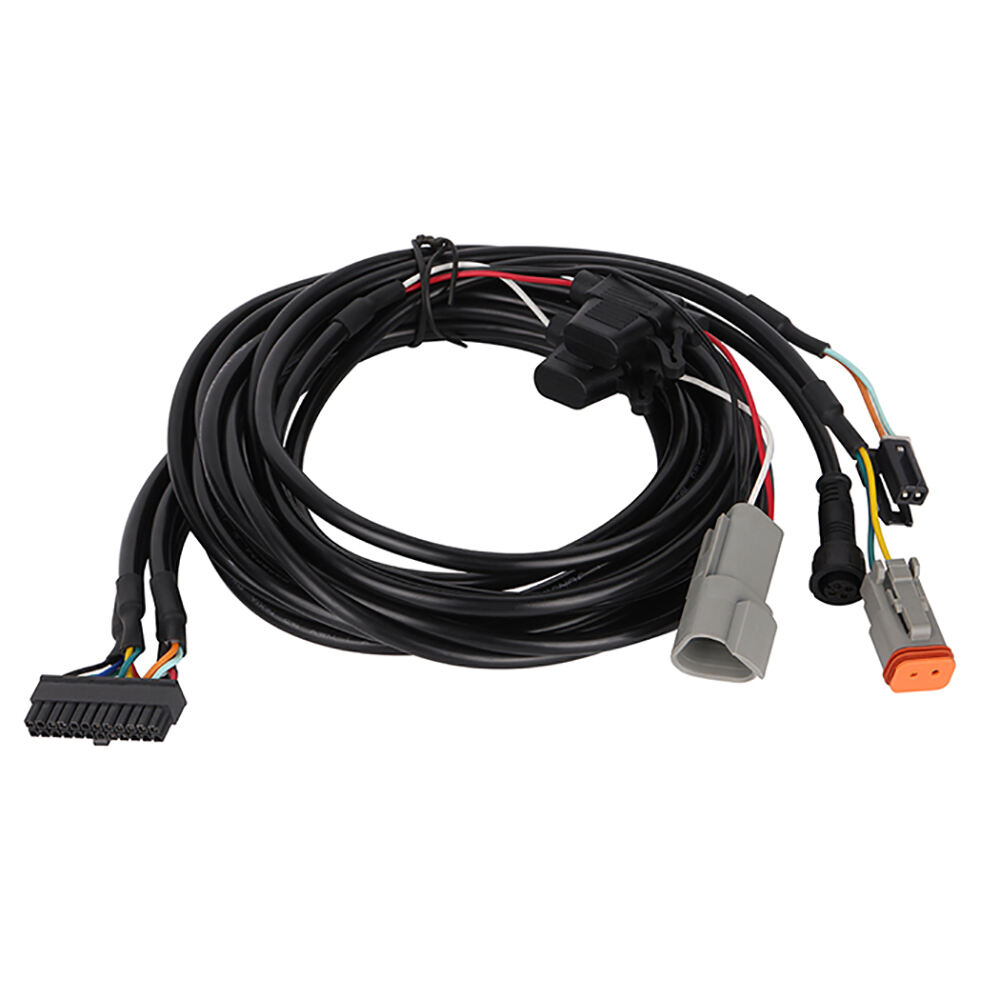cable harness
A cable harness, also known as a wire harness or wiring assembly, serves as an organized system of cables and connectors that transmit power and signals throughout various electronic and electrical devices. This sophisticated component integrates multiple wires into a single, manageable unit, effectively streamlining installation, maintenance, and overall system reliability. The primary function of a cable harness is to consolidate loose wires into a structured arrangement, protecting them from environmental factors such as moisture, dust, and vibration while ensuring proper electrical connections. Modern cable harnesses incorporate advanced materials and design techniques, featuring specialized connectors, protective sleeves, and precise wire routing that meet specific application requirements. These assemblies are extensively used across multiple industries, including automotive manufacturing, aerospace engineering, industrial machinery, and consumer electronics. The technology behind cable harnesses continues to evolve, with innovations in materials science leading to more durable and efficient designs. They play a crucial role in ensuring reliable power distribution and signal transmission while maintaining organized cable management in complex electronic systems.


